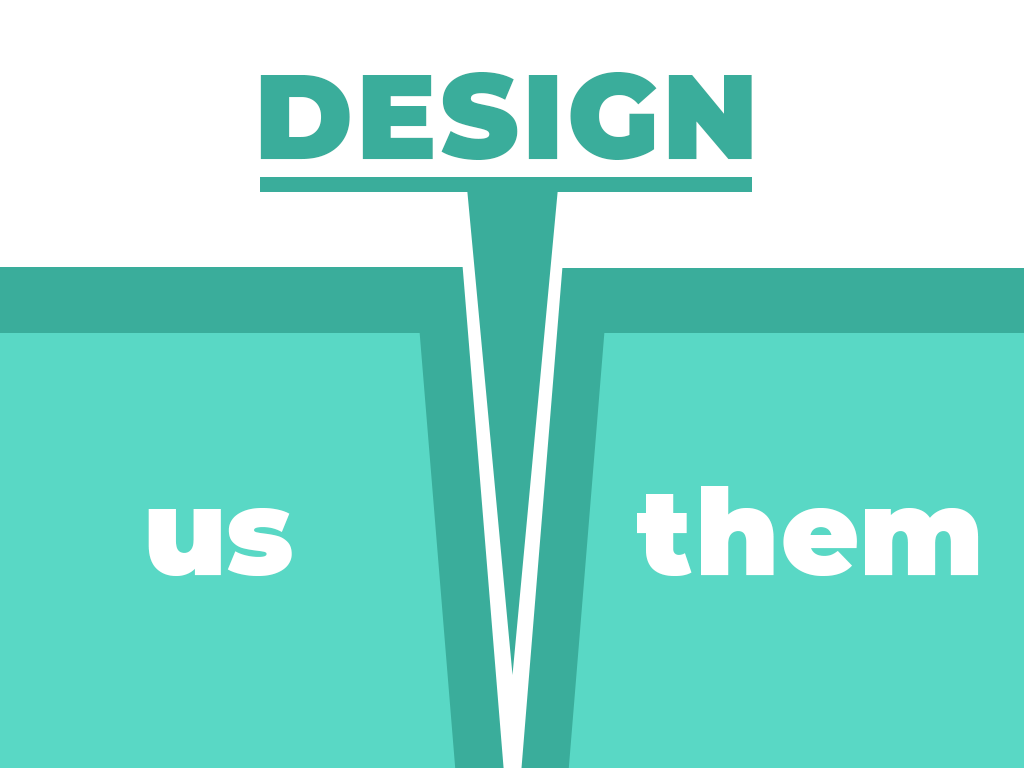It’s always better if you can work with a client as a partner rather than in a subordinate style relationship. This is not always an easy place to get to and largely depends on whether both parties (client and studio) can transcend traditional roles to work as contributing, equal partners.
When I first started working in the field of design this idea of partnership was a much harder sell. Most of the time we found ourselves in one of two precarious situations. The first was a situation where the studio took the reins and raced to establish authority with the client, always attempting to stay two steps ahead of them while maintaining that upper, authoritative hand. This helped the studio to take the lead on design decisions and lowered the amount of pushback from clients because the studio were considered the “design experts” because of how the game was played.
The second situation was largely the polar opposite. Clients who thought that the design team was there to take direction from them because the agency was “not close to the business on a daily basis”. So, design decisions handed down with little feedback and a lot of design was “we’ll know what we like when we see it”. These relationships were difficult for obvious reasons, but studios, agencies and freelancers entered into them willingly because there was money and livelihood on the line.
Over the past 10+ years we’ve seen a complete shift in the role design plays and how it’s perceived.
Much of that, though, started changing over a decade ago. You maybe could even say that the change started with the revitalization and establishment of Apple’s position as a design magnate.* It was about that time that design started making new in roads into people’s subconscious.
Over the past 10+ years we’ve seen a complete shift in the role design plays and how it’s perceived. There’s been an integration of design in our lives, coupled with a growing craving for well designed artifacts. The commodification of beautiful, low cost objects accessible to everyone has made good design** something that is sought by most. This permeating, trickle down of design perception has led to an awareness that designers are at the source of those attractive, useable products. This new found understanding + a healthy dose of media support praising design as the shiny and new (do a few media site searches) leveled the playing field. Design is officially important—translating to better things (more money, more beauty, more usability, more love) when done right. Nowhere did this newfound love affair have more impact than between agencies, studios, freelancers and clients.
It’s this relationship that has made it possible for us to be sincere about partnerships in our work. Because of the level field, we have more opportunities to work with businesses that really want to make amazing things. They want our help and value us as individuals who can make a real difference in how their companies, brands, products, etc. are perceived. We are able to effect real change because we are all working towards the same goal.
My point in all of this is that we’ve all grown up. Our relationship to design and it’s relationship back to us. That unified appreciation means we have a clearer road to travel and new friends to make the journey with.
*Opinions may differ on this and that’s okay.
** The term “good design” is completely subjective in its context use here.
 erin lynch vs. webclique.net | round 5
erin lynch vs. webclique.net | round 5